7 Things To Do If You Find Beehive In Your Backyard
Don’t panic if you find a beehive in your backyard. Learn these seven things to do if you find a beehive in your yard to be safe & protect the bees
As a homeowner, finding a beehive in your backyard can be an unsettling experience. However, it is important to remember that bees play a vital role in our ecosystem, and removing their hive can be dangerous for both you and the bees.
So, Let us walk you through seven things to do if you find a beehive in your backyard for your and the bees’ safety. Let’s not wait anymore and get to the steps!
Identifying the Bee Type
The first step in dealing with a beehive in your backyard is identifying the type of bees that have taken up residence. There are several species of bees, but the most common ones you may encounter are honey bees, bumblebees, and carpenter bees.

Honey bees are small, brownish-yellow insects that are known for producing honey. They are social insects that live in large colonies and are often kept by beekeepers for their honey and beeswax.Bumblebees are larger than honey bees and have a black and yellow coloration. They are also social insects, but their colonies are much smaller than honey bees.
Carpenter bees are also larger than honey bees and have shiny black abdomens. They are solitary insects and do not form large colonies.
Identifying the type of bees in the hive is important because it can help you determine how to proceed. For example, beekeepers keep honey bees, so if you have a honey bee hive in your backyard, you can contact an experienced beekeeper to come and remove the hive.
Table of Contents
Determining If the Hive is Active
The next step is to determine if the hive is active. This means the bees live in the hive and use it as their home. You can tell if a hive is active by observing the bees coming and going from the entrance.
If the hive is inactive, it may be old and abandoned. In this case, it may be safe to remove the hive yourself without having to call a professional.
However, if the hive is active, it is best to leave it alone and call a professional to come and remove it.
However, if you love bees, you might want to try out apiculture. Boost your beekeeping knowledge, get a beebox and all the right equipments. Once you know what you are doing, you can transfer the wild bees into a bee box and begin your beekeeping journey.
Moreover, the U.S. Environmental Protection Agency (EPA) and many other bee-saving organizations frown upon killing bees because bees are declining rapidly in population.

klagyivik via VistaCreate
Calling A Professional
If you have determined that the hive is active but wish to remove it, the best thing to do is call a pest control company specializing in bees. They have the necessary equipment and expertise to safely remove the hive and relocate the bees to a new location.
Removing a beehive yourself can be dangerous, and we don’t recommend it. They can become aggressive if they feel threatened, resulting in painful stings. Removing the hive yourself can result in damage to your property.
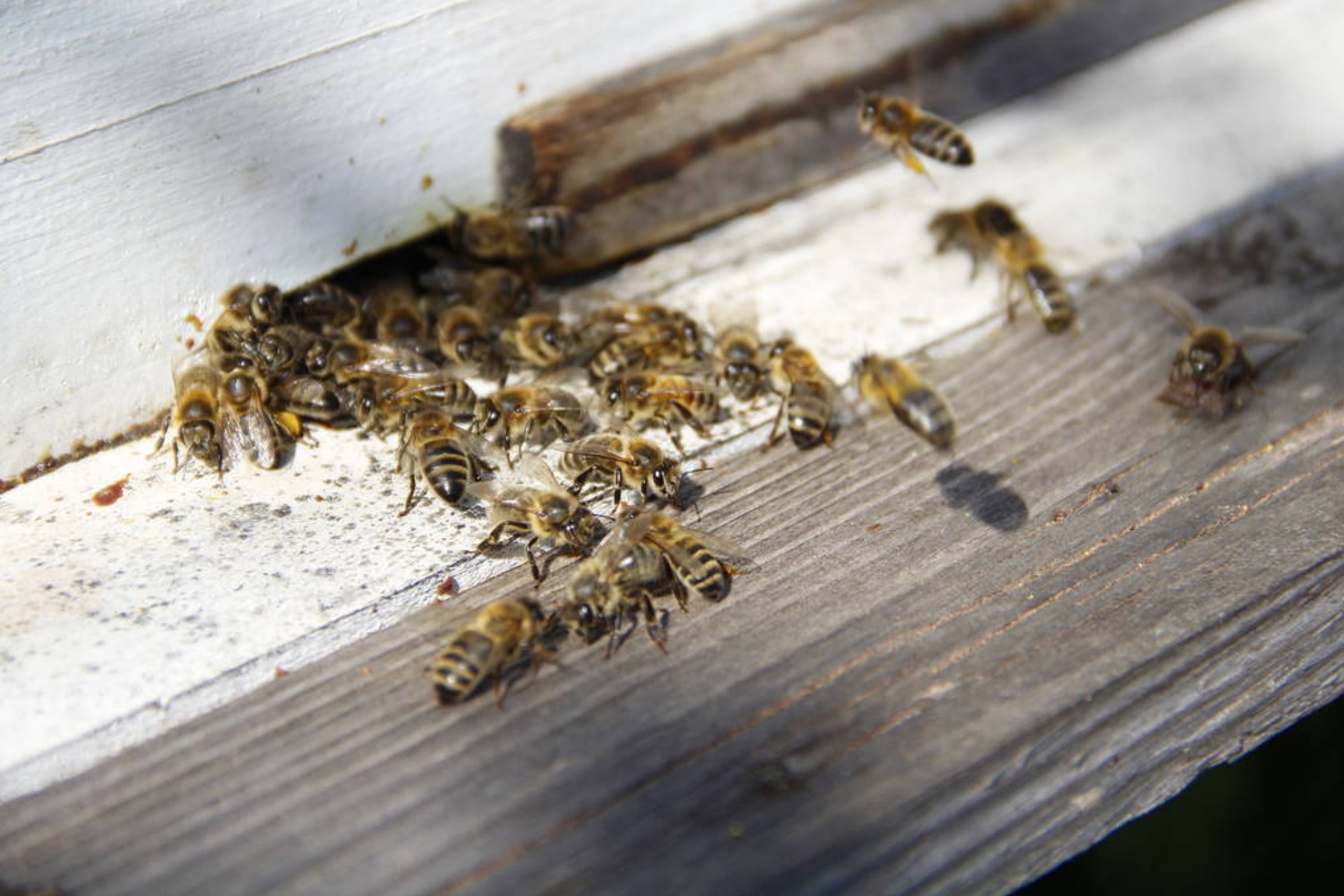
olgavano2013 via VistaCreate
Not Disturbing the Beehive
Remember not to disturb the hive or try to remove it yourself. Even though bees are usually friendly and won’t just come flying to sting you, they will sting if they feel threatened, which will hurt!
Removing the hive yourself can be dangerous, and you might unwillingly damage your property.

If you need to go into your backyard while waiting for the professional beekeeper or pest control company to arrive, keep your distance from the hive and avoid making sudden movements.
However, if you want to do something good for the bees, consider planting bee-friendly plants such as lavender, sunflowers, and wildflowers. These plants will attract bees and provide them with a source of food.
Leaving the Bees Alone
Bees are an essential part of our ecosystem, and it is important to remember that they aren’t out to harm you.
If you come across a bee in your backyard, simply leave it alone, and it will likely leave you alone as well because they have much more work than just threatening you.
Bees only sting when they feel threatened, so avoiding sudden movements and loud noises around them is key to avoiding any confrontations.
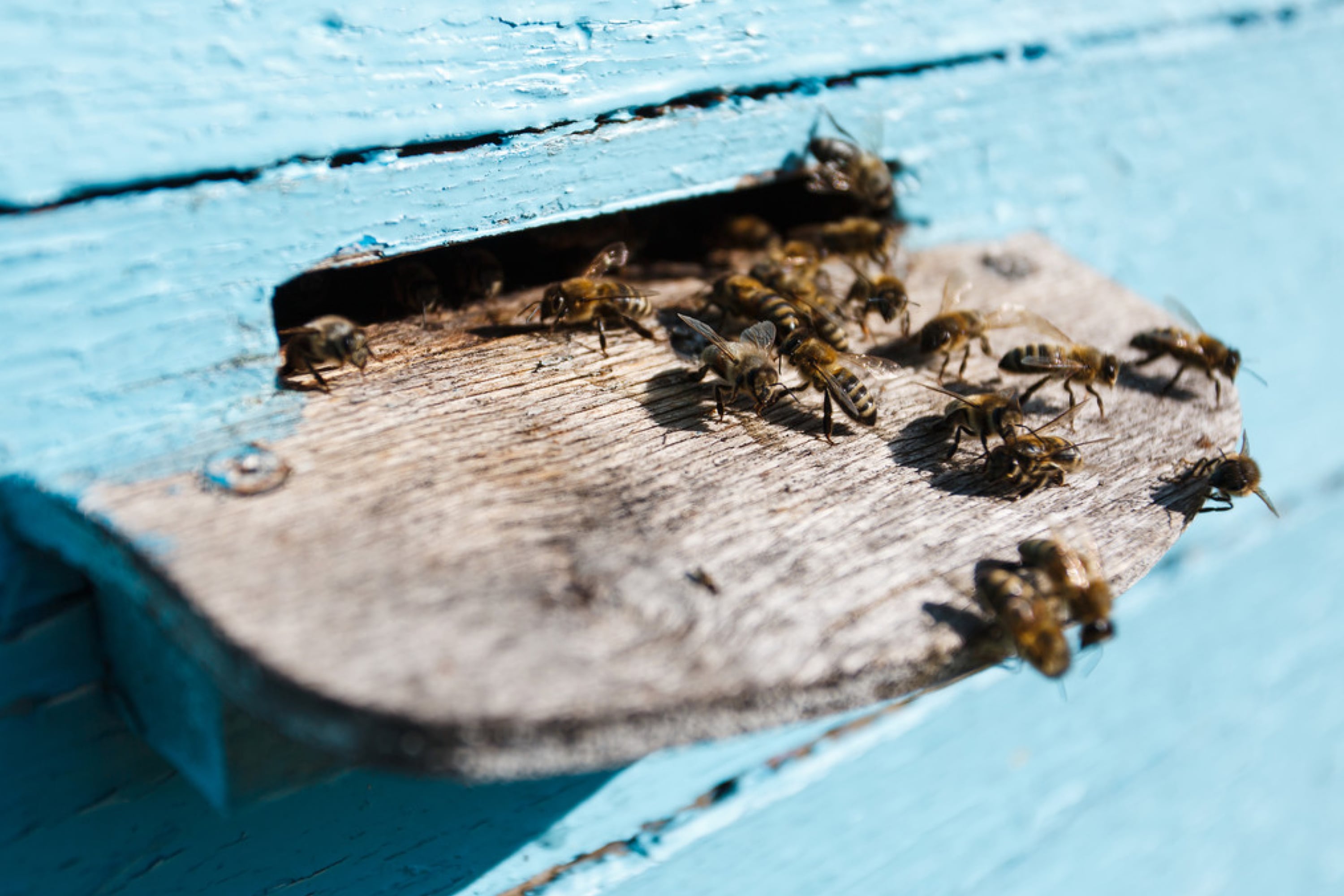
VelesStudio via VistaCreate
Keeping Children & Pets Away
While you wait for the experts to arrive, keeping children and pets away from the hive should be your first priority.
Usually, kids or pets won’t understand the dangers of threatening the bees and will try to touch the hive. This can lead to painful stings; we don’t want that for your family. So, keeping children and pets indoors or in a separate area of your yard is a good idea until the hive has been safely removed.
Preventing Future Hives
If you are concerned about the presence of bees in your backyard, there are some simple steps you can take to make your yard less attractive to them. To prevent future hives from forming in your backyard, make sure to keep your garbage cans securely covered and reduce the amount of standing water in your yard to make the place less appealing to bees.
Moreover, bees are attracted to sweet scents, so be sure to clean up any spills or crumbs in your backyard.
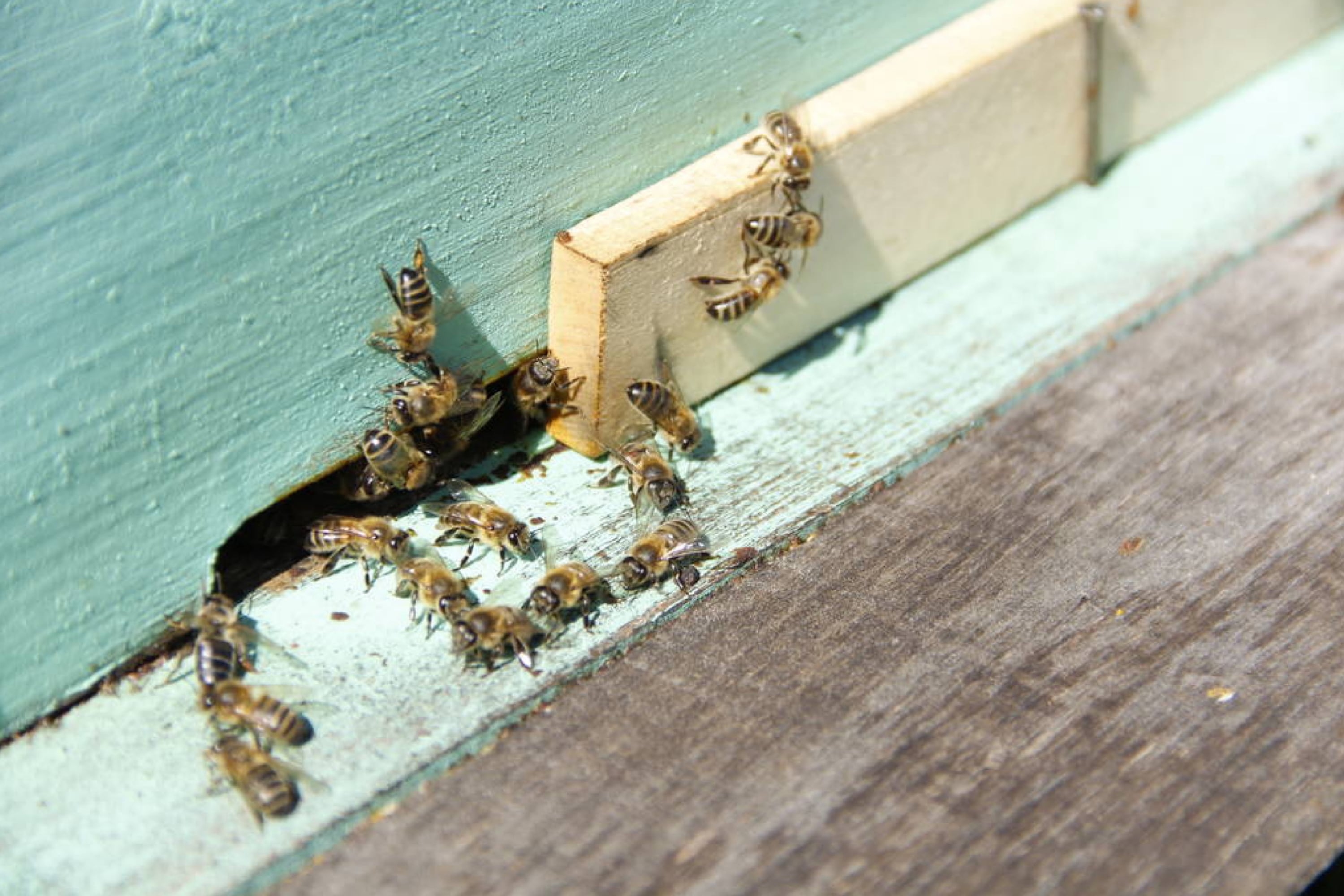
olgavano2013 via VistaCreate
A Sweet Conclusion
Finding a beehive in your backyard can be a daunting experience, but it is important to remember that bees are an essential part of our ecosystem.
If you find a beehive in your backyard, the best course of action is to call a professional beekeeper or pest control company to safely remove the hive and relocate the bees to a new location.Remember to keep your distance from the hive and avoid making sudden movements or loud noises.
If you have children or pets, keep them away too. By taking these steps, you can ensure a safe and happy coexistence with the bees in your backyard.
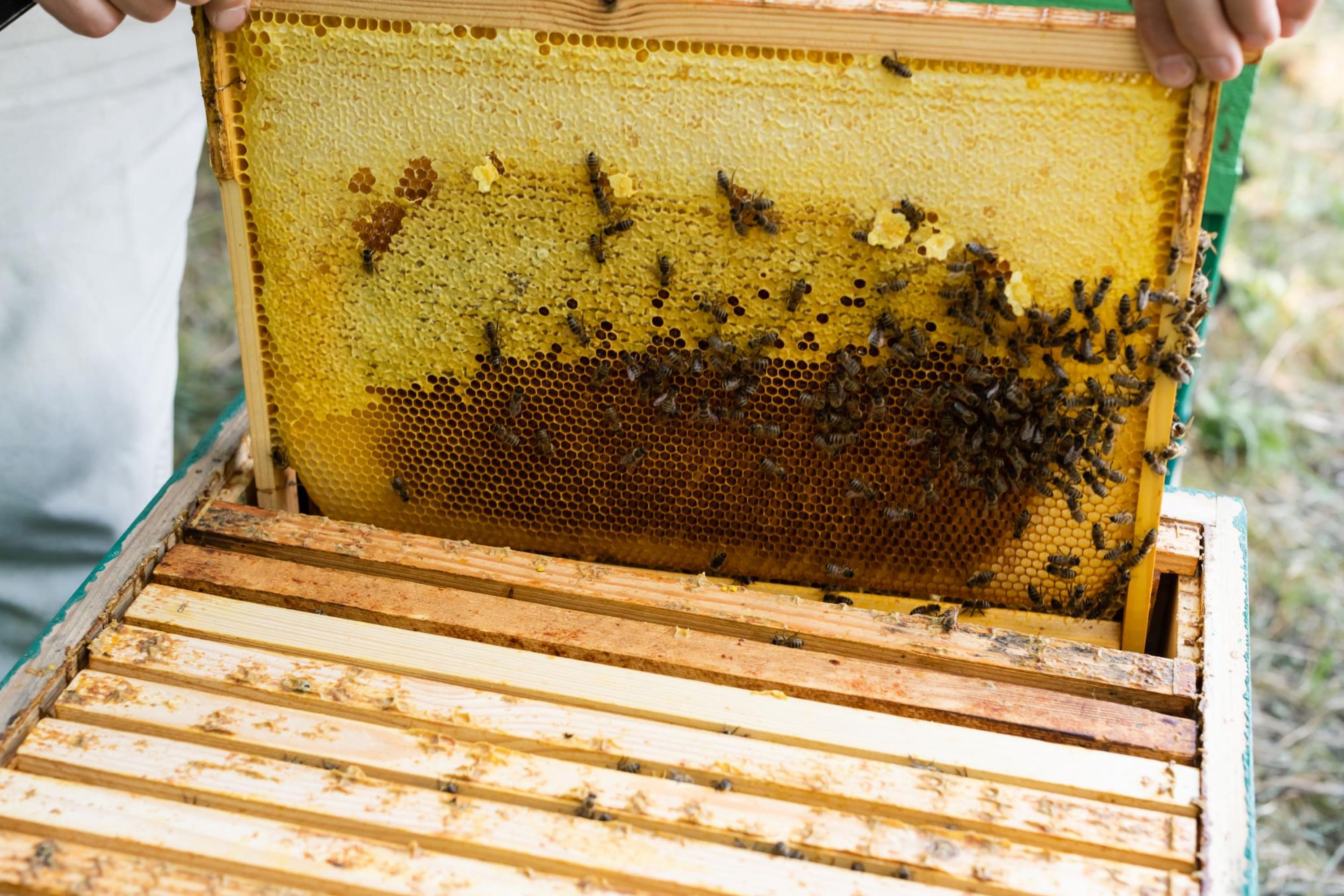
IgorVetushko via VistaCreate
One thought on “7 Things To Do If You Find Beehive In Your Backyard”
Leave a Reply

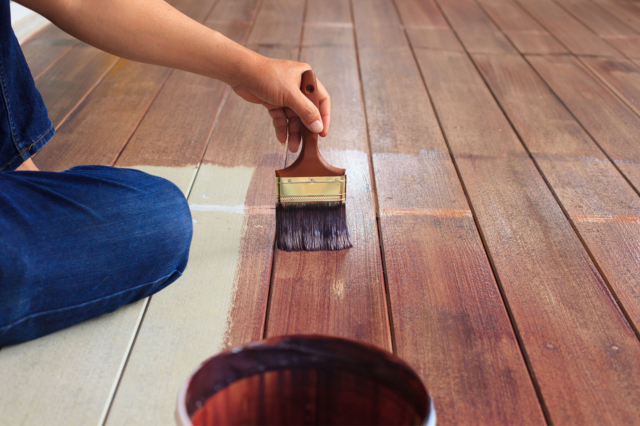
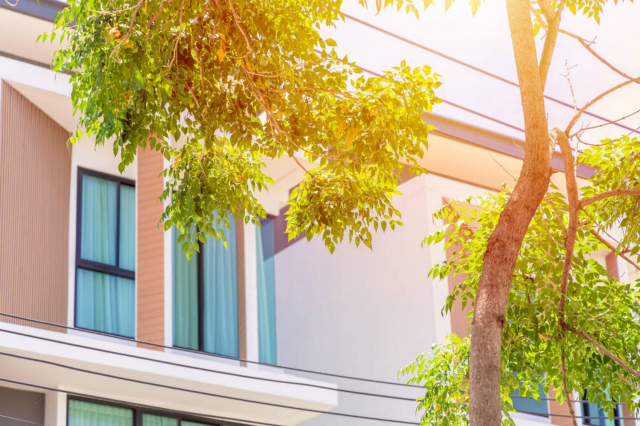
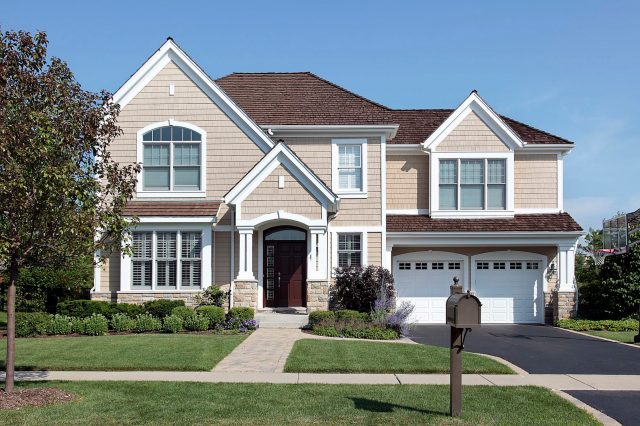

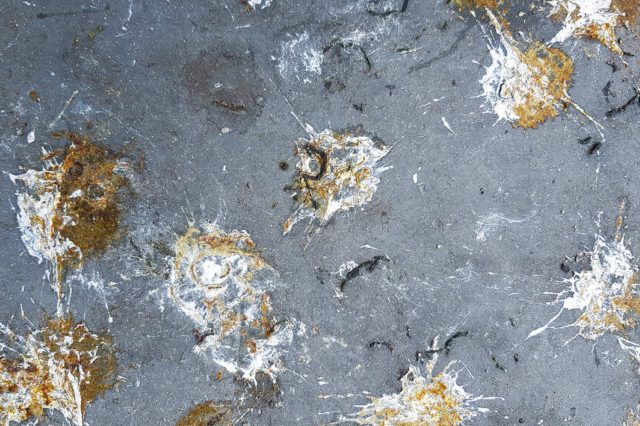


Discovering a beehive in your backyard can be concerning, but it’s crucial to handle it with care, considering the importance of bees to our ecosystem. If you ever face a different kind of unwelcome guest in your home, like bed bugs, Michiganbbs.com is a specialized pest control company that can help you safely and effectively deal with such issues. Remember, just as with bees, professional assistance is often the best approach for a pest-free environment.